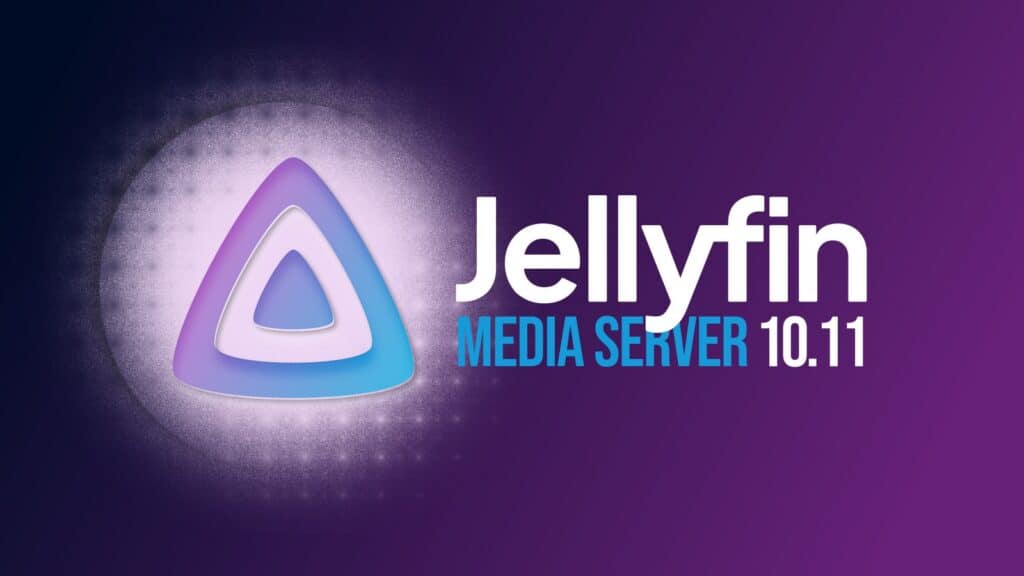After a year of development following the previous 10.10 version, the open-source Jellyfin media server has just rolled out version 10.11—one of the biggest updates in the project’s history. It brings a complete database overhaul, improved performance, new backup options, and plenty of under-the-hood refinements.
One of the major highlights is the migration to EF Core, a .NET-based object-relational mapping system. Until now, Jellyfin relied on raw SQLite calls scattered throughout the codebase, which made upgrades and schema changes complicated and error-prone.
With EF Core, the database is now centralized, cleaner, and far more maintainable, paving the way for faster queries, simpler migrations, and potential support for other database backends such as PostgreSQL down the road.
Along with this backend rewrite, Jellyfin 10.11 introduces internal Backup and Restore support — something users have been asking for a long time. Administrators can now take live snapshots of the metadata database, store them externally, and restore them if something goes wrong.
Performance is another big focus. The new database engine uses aggressive in-memory caching to minimize disk reads, which means noticeably faster navigation in large libraries. Of course, that comes with higher RAM usage, but the system is designed to release memory as needed, so it’s a fair trade-off for the speed gains. There’s also improved database locking behavior, which should reduce some of the long-standing issues seen in busy servers.
For administrators, Jellyfin 10.11 adds a handy Startup UI and Log Viewer. Instead of staring at a blank screen while migrations or upgrades run, you can now see progress directly through a simple web interface accessible on the local network.
On the media handling side, the project has moved to FFmpeg 7.1, unlocking performance and compatibility improvements. There’s also support for 3D LUT-based HDR tone mapping on Intel and Rockchip devices, Dolby Vision Profile 5 tone-mapping, and AV1 hardware decoding for Apple’s VideoToolbox. Subtitle rendering accuracy has been improved as well, particularly when using hardware transcoding.
It’s important to note that Jellyfin 10.11 also drops 32-bit ARM (armhf) support, officially requiring a 64-bit operating system on ARM platforms. The developers say older SBCs like the Raspberry Pi 1 and 2 couldn’t keep up with the demands of modern Jellyfin builds, and removing support streamlines the release process going forward.
On top of that, this release brings faster search performance, extended admin dashboard stats, new customization options like splash-screen branding, and several smaller user interface updates that make browsing and organizing content a little smoother.
For more information, see the announcement.
Finally, just to add, if you haven’t started using Jellyfin, we offer a detailed guide on how to swiftly and effortlessly set it up using Docker. Happy watching!

I have never tried jellyfin and have been using plex forever but this metadata backup feature sounds great since I have lost my plex viewing history multiple times over the years when doing a new install of os or moving to a new pc.
Definitely feels faster on the client side, made me dubbele check